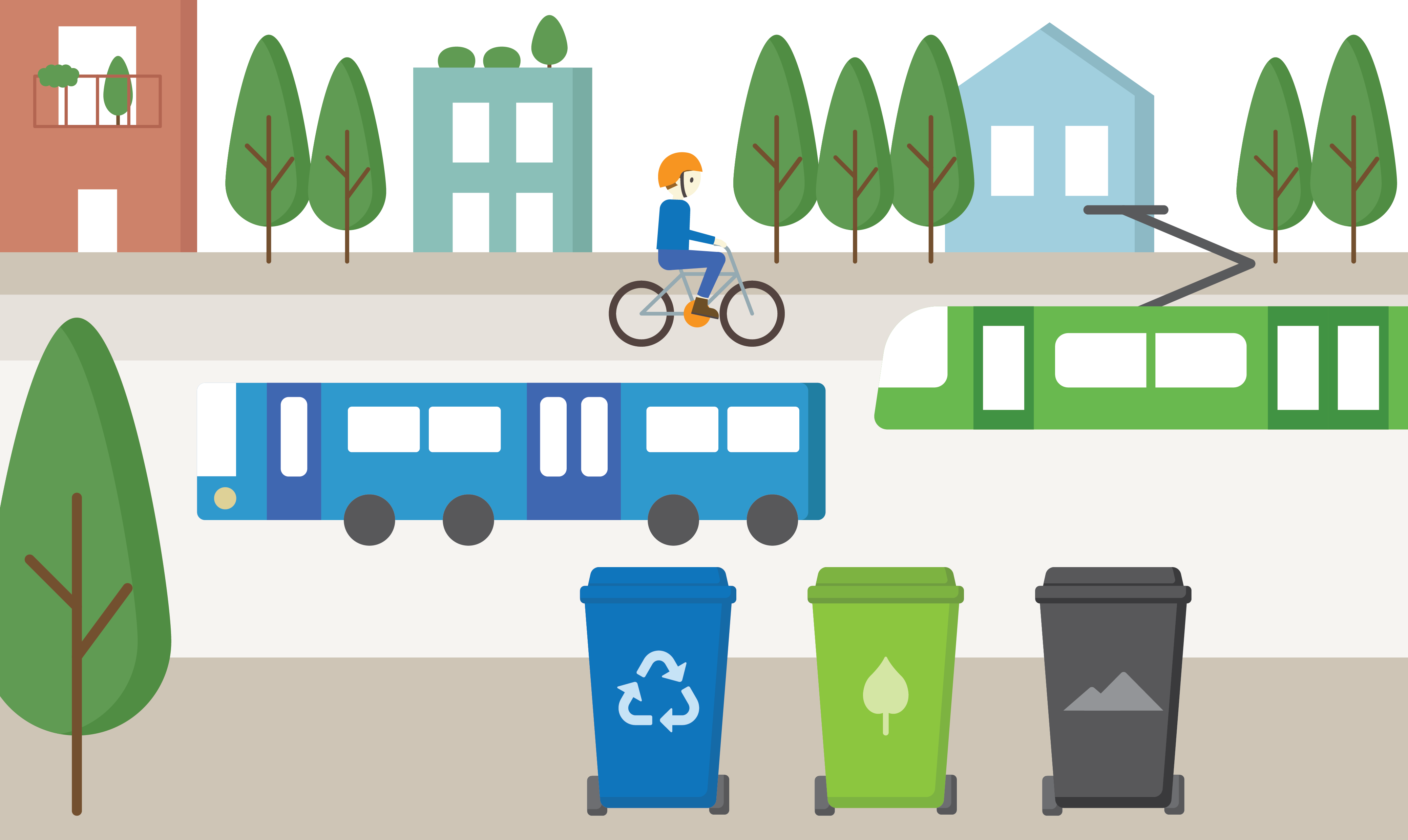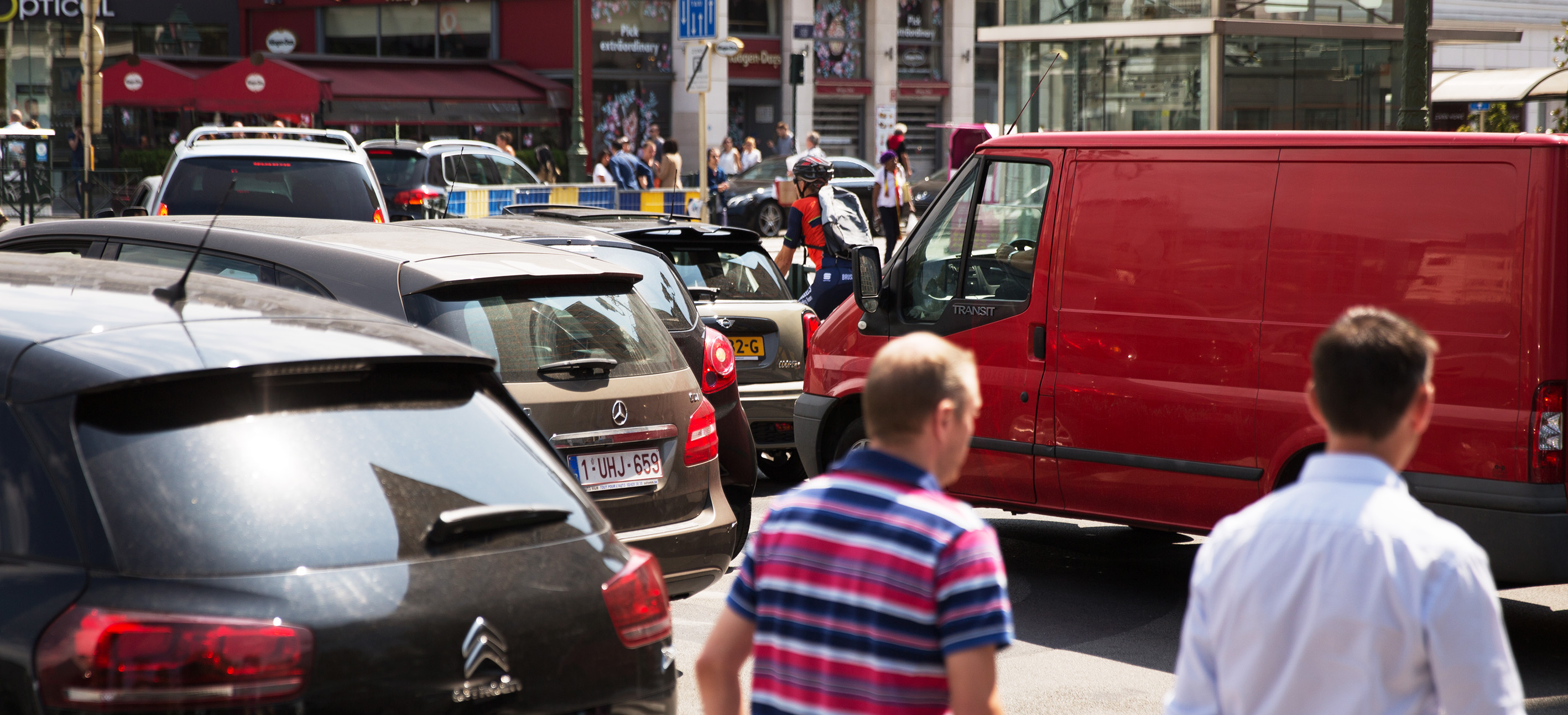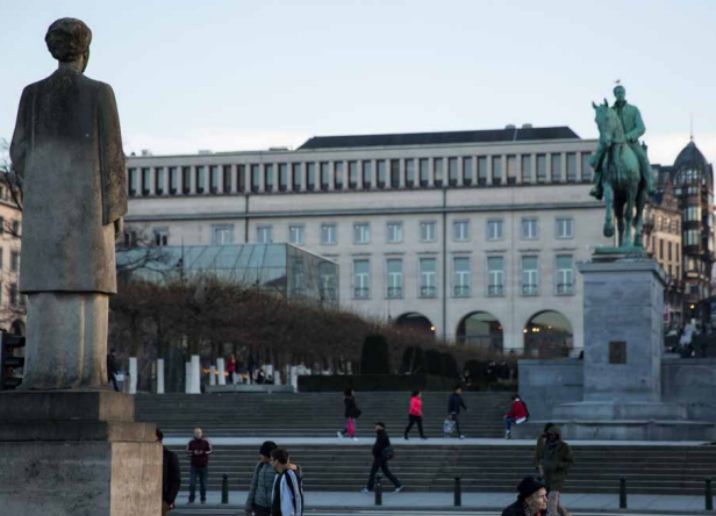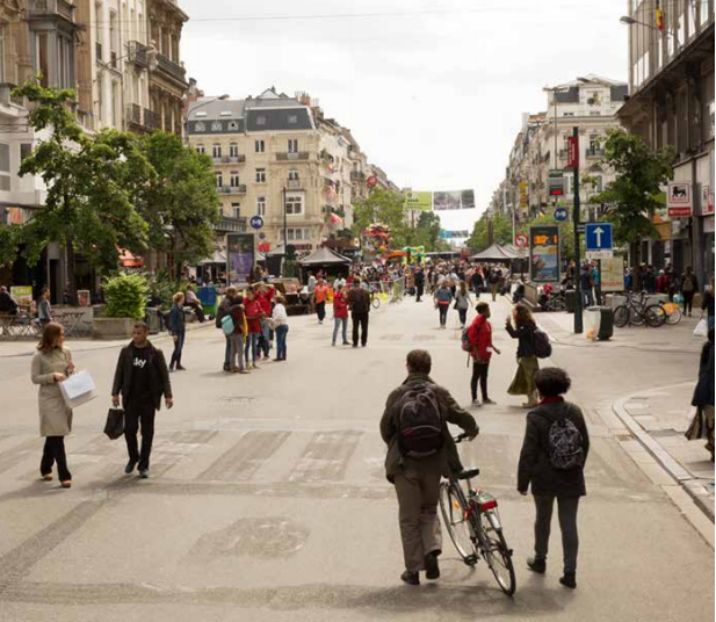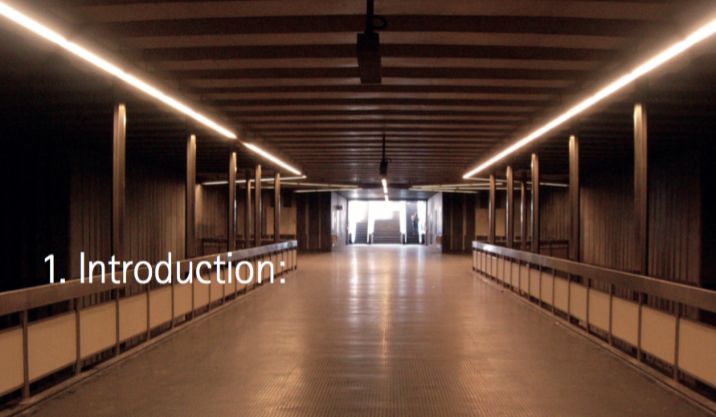In 1960 the World counted two mega cities (with populations of over 10 million), New York and Tokyo; in 2011, the number had risen to twenty two. Today there are 47 megacities in the world. Most of them are located in Asia. The largest are the metropolitan areas of Tokyo, Shanghai, and Jakarta, each having over 30 million inhabitants. China alone has 15 megacities, India has six. The front-runner, as the fastest urbanising continent, is Africa.
Author: fontanaUSR
Mobility, density and urban green space
Cities can be looked at from many angles, in what follows I’d like to invite you to look at cities as a ‘multi- core dynamic network’. Standing alone, the cores are fairly meaningless, risking isolation, insecurity, with pockets of impoverishment. Within a fluid network they can benefit from the trade between each other’s products, services, charms and entertainment. In so doing they become interdependent and thus more resilient.
Cities, from spheres of power to providers of competence
Previously, in Europe, men were the main producers of goods and services in the city. They would go out to conduct business meetings with other men. Thus they would influence and decide the design of public space and public buildings, deliver speeches, appoint confidants, and prepare laws with their inner circles, holding power in Parliament, and so on. But not women. They were not welcome in Houses of Parliament, universities…
Walkable cities, public space networks and river systems
Cities are about people and people have dreams, aspirations, desires and needs. People make cities come alive: in streets, squares, piazzas, parks, and open spaces. Debates on urban development between architects and urban planners usually deal with houses and planning, possibly plotting. Debates on mobility and public transport usually deal with frequency, seamless transit, real-time information, transit hubs and/or customised tracks. However, architecture, urban planning and mobility share the same crucial needs for efficient land-use and urban integration.
Bilan
The accessibility of public transport is the pre-requisite for sustainable urban development, a sustainable environment and, last but not least, a partial litmus-test for true democ- racies.
YdesignFoundation aims to contribute to a better quality of life for citizens, communities and organizations by good design in its many forms, shades and shapes, be it graphic, 3D and/or interactive.
By means of this research program on the link between the perception of security and design, YdesignFoundation’s objective is to contribute to the design of more positive context and surroundings, of improved…

